In early October, 2020, no-tiller Don Ready of Kimberley, Ontario, sent these photos showing the effects of his clover cover crop, which he calls a fantastic soil saver.
“We’ve had a wet 2 weeks here in Grey County. We just had 2 drying days followed by 1/4 inch of rain overnight. The photos show the results,” he says.
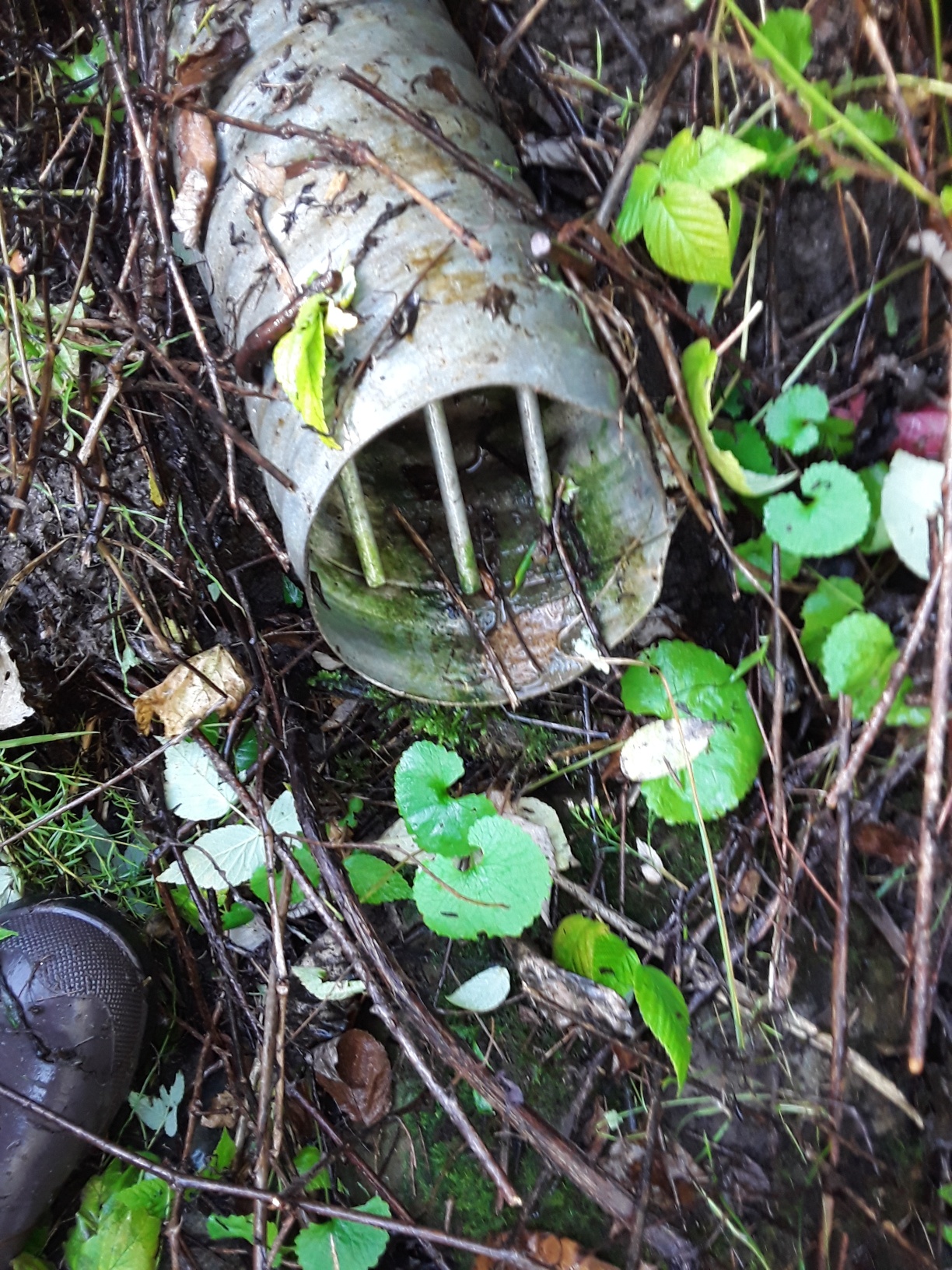
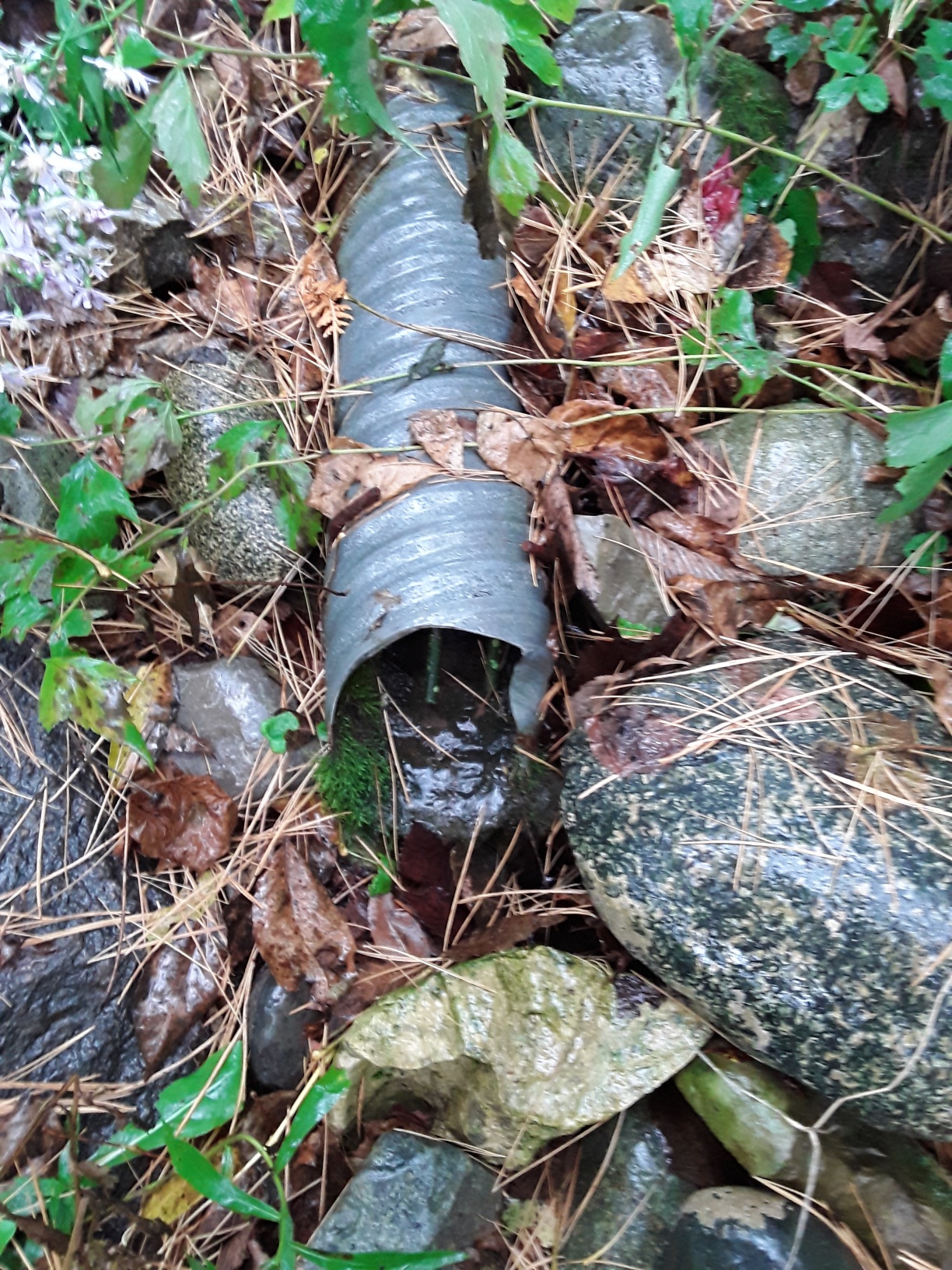
“The tile drains draining from the field of clover are almost dry and the water is clear. Moisture, nutrients, and soil stay where they should — in the field. The muddy tile drain is from my soybeans. You can see in the creek where the water enters it after traveling through a 30-meter buffer zone.”
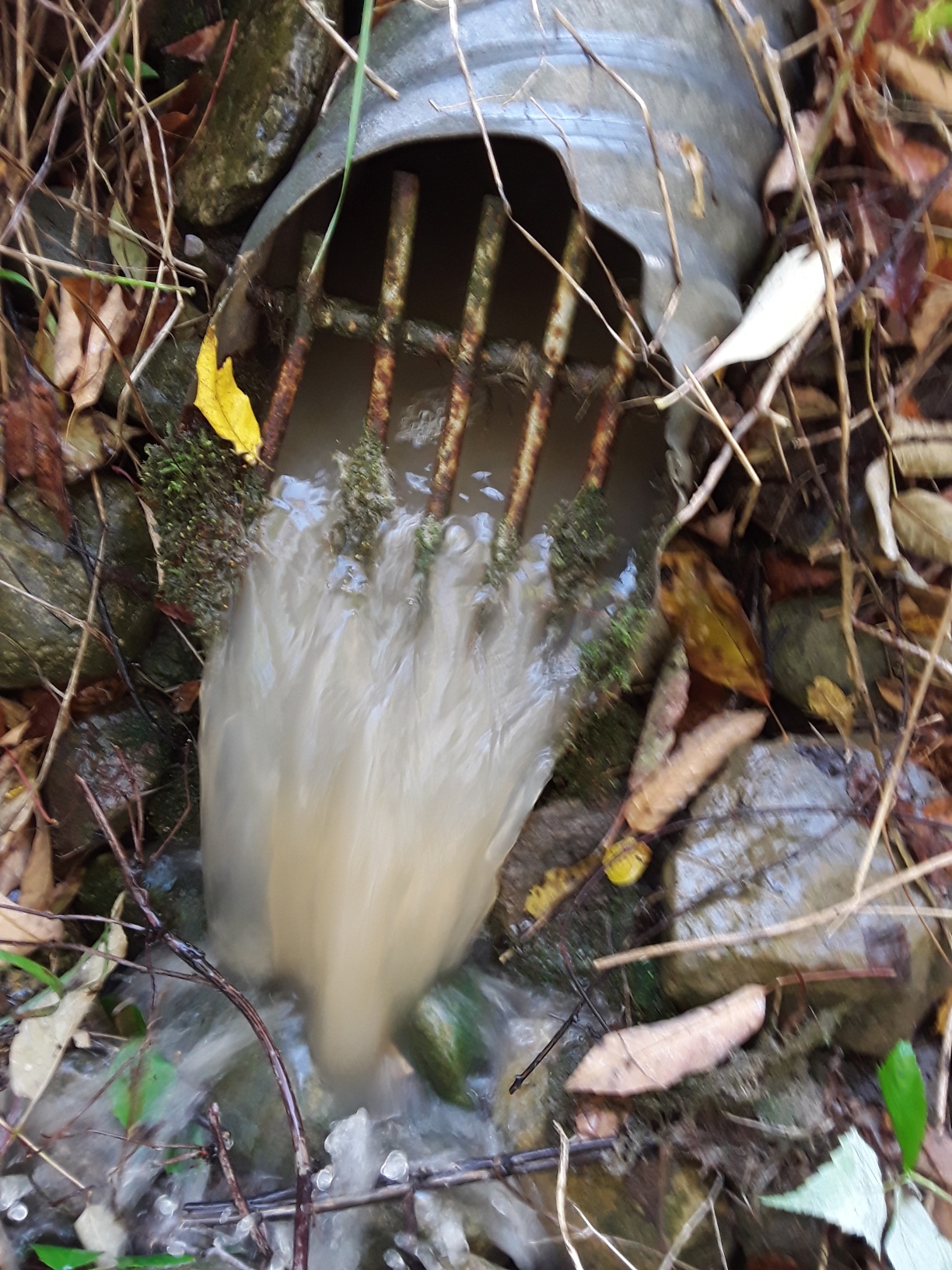
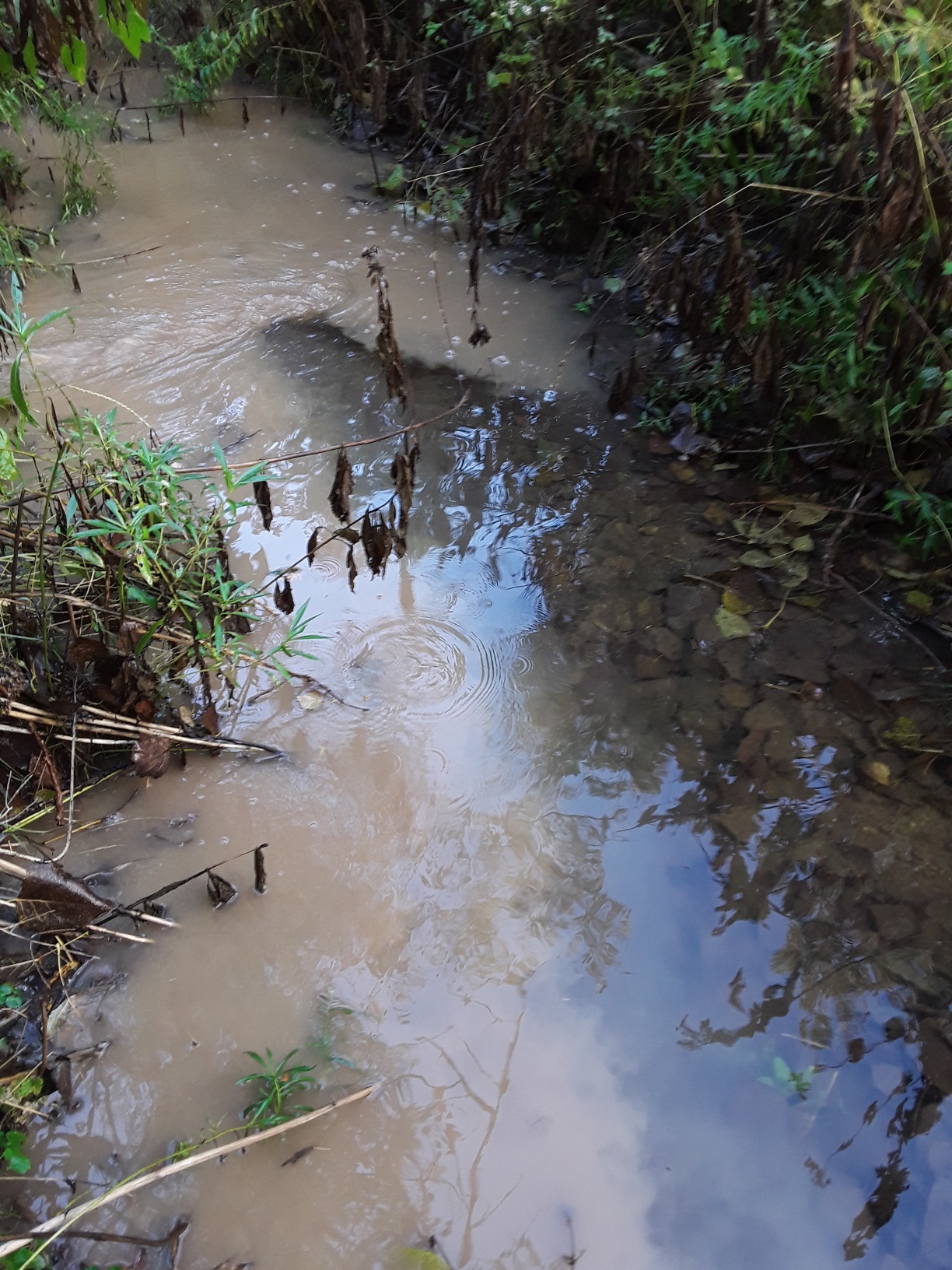
Ready says for him, these results are more than enough reason to plant clover.
“Add in the almost zero planting cost (with barley, oats, or spring wheat), the good results with no-till, the low cost ($12/acre at 6 lb.), the vigor and winter hardiness, nitrogen credits, and the amazing effects on soil structure, and you have a great cover crop,” he explains.
“I took over a very tired no-till field that would break into large clods when planting. After 16 months in clover, the soil breaks into ‘apple crisp crumble.’ The soybeans in it now are fantastic.”
As they say, a picture is worth 1,000 words.

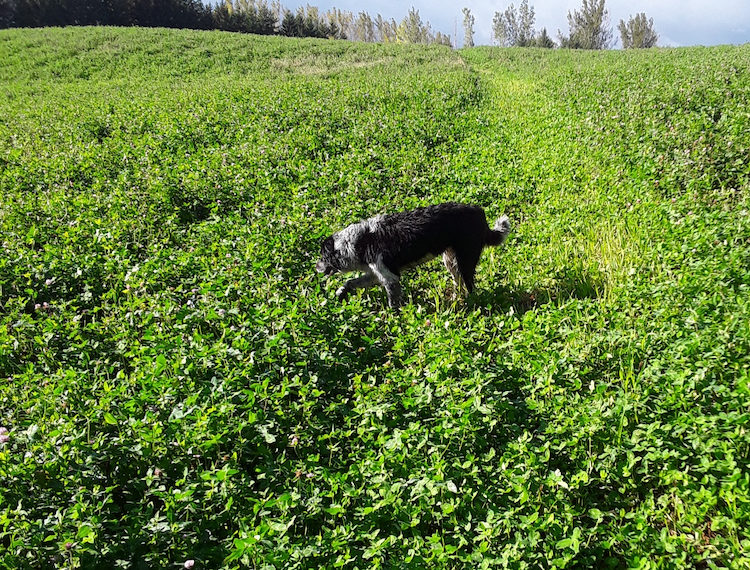





Post a comment
Report Abusive Comment